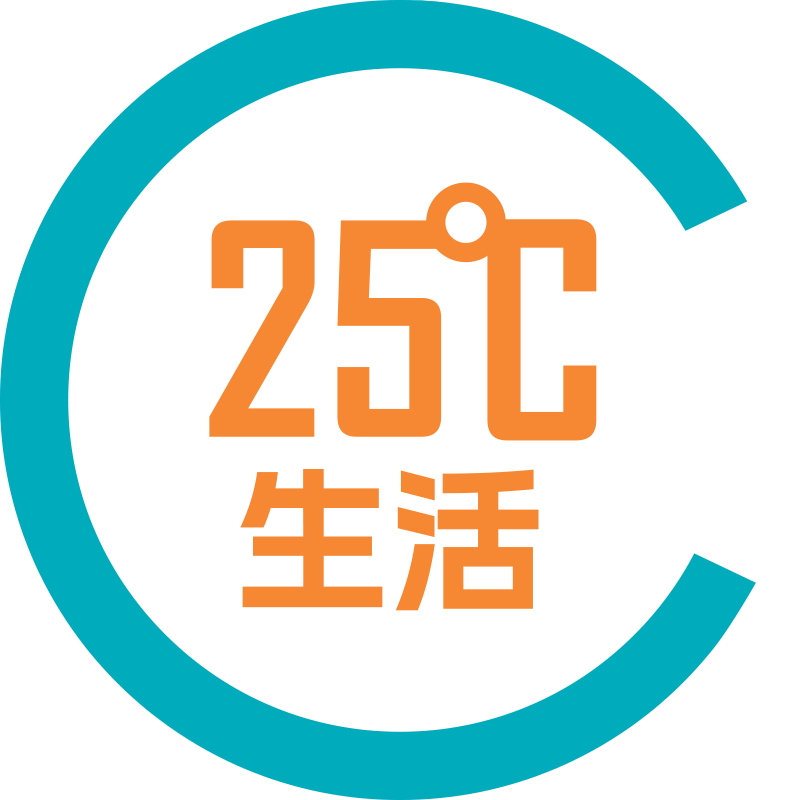- RIM-TD open-label extension (OLE) study showed long-term improvement of Tardive Dyskinesia (TD) symptoms from treatment with deutetrabenazine over three years in European patients1
- TD is an involuntary movement disorder that develops in around 15%-25% of patients taking antipsychotic medications for conditions such as schizophrenia, bipolar disorder, and major depressive disorder2,3
- Data presented at the European College of Neuropsychopharmacology Congress (ECNP) in Milan 21-24 September 2024
TEL AVIV, Israel, Sept. 23, 2024 (GLOBE NEWSWIRE) -- Teva Pharmaceutical Industries Ltd. (NYSE and TASE: TEVA) announced today that a new analysis from the European cohort of the RIM-TD open-label extension (OLE) study revealed that deutetrabenazine treatment of patients with Tardive Dyskinesia (TD) was associated with long term improvement of TD symptoms. The improvement in symptoms was sustained throughout the three-year study, and deutetrabenazine was well tolerated.1 The data were presented at the European College of Neuropsychopharmacology (ECNP) annual congress in Milan.
TD is a stigmatising and debilitating involuntary movement disorder characterised by repetitive movements of the tongue, lower face, jaw, and limbs, which develops in around 15%-25% of patients receiving antipsychotic medications for conditions such as schizophrenia, bipolar disorder, and major depressive disorder.2,3
TD usually appears after 1-2 years of taking antipsychotic treatment and has a considerable impact on a patients’ functioning and quality of life.4 The condition has a high unmet medical need as limited treatment options are approved in Europe.5
RIM-TD (Reducing Involuntary Movements in Participants with Tardive Dyskinesia) is a three-year study which enrolled patients who had completed one of the two pivotal deutetrabenazine phase 3 studies, ARM-TD6 and AIM-TD.7 Whilst RIM-TD was conducted in both the United States and Europe, the post hoc subgroup analysis focused on patients from the European countries.1
Treatment success was defined as ‘much improved’ or ‘very much improved’ on the Clinical Global Impression of Change (CGIC) or Patient Global Impression of Change (PGIC). The majority of patients achieved treatment success with 65% of patients for CGIC and 56% for PGIC. Deutetrabenazine was generally well tolerated, regardless of which arm of the two Phase 3 trials (treatment or placebo) the patients had previously been treated in.1
Co-author and presenter of the data, Dr Krzysztof Duma, Associate Medical Director, Teva Pharmaceuticals Europe, said, “Tardive Dyskinesia is a complex disorder that is difficult to treat and remains broadly underdiagnosed. Treating this condition still often results in dose reductions of antipsychotic medication that can impact the underlying psychiatric condition and lead to higher hospitalisation rates. The positive outcome of the study in the European cohort is similar to what we have observed in the overall and US population and gives us further evidence that deutetrabenazine can provide an effective treatment option.”
“Tardive Dyskinesia can cause great distress to patients and may be correlated with more severe symptoms and worse outcomes in patients with schizophrenia,” said Pinar Kokturk, M.D. Vice President & Head of Medical Affairs Europe at Teva. “Management of Tardive Dyskinesia is sadly not optimal. Across Europe, guidelines for the management of TD are scarce or missing and there is no standard of care. Despite several treatments used in Europe, the majority have poor clinical evidence and are used off-label and there remains a high unmet need in the treatment of TD. This must change.”
Deutetrabenazine has now been evaluated in ARM-TD, AIM-TD as well as RIM-TD, all of which demonstrated that the treatment provides rapid, sustained, and clinically meaningful improvements in motor function in patients with Tardive Dyskinesia.1,6,7
Deutetrabenazine is already approved in the United States and in a number of other markets worldwide.8
NOTES TO EDITORS
About Tardive Dyskinesia (TD)
Tardive dyskinesia (TD) is a highly debilitating, chronic movement disorder that affects around 15% to 25% of those who take certain antipsychotic treatments and is characterised by involuntary, abnormal and repetitive movements of the face, torso, and/or other body parts, which may be highly disruptive and can significantly, negatively impact individuals’ quality of life and functioning. Current treatments in Europe are not well evidenced and dose reduction, discontinuation or switching antipsychotic treatment is unlikely to reverse TD. This can lead to suboptimal management of the underlying condition and an increased risk of relapse.
About Deutetrabenazine
Deutetrabenazine is a selective reversible vesicular monoamine transporter type 2 (VMAT2) inhibitor. VMAT2 inhibitors are agents that cause a depletion of neuroactive peptides such as dopamine in nerve terminals and are used to treat conditions such as dyskinesias due to some antipsychotic medications.
About Teva
Teva Pharmaceutical Industries Ltd. (NYSE and TASE: TEVA) is a global pharmaceutical leader with a category-defying portfolio, harnessing our generics expertise and stepping up innovation to continue the momentum behind the discovery, delivery, and expanded development of modern medicine. For over 120 years, Teva's commitment to bettering health has never wavered. Today, the company’s global network of capabilities enables its 37,000 employees across 58 markets to push the boundaries of scientific innovation and deliver quality medicines to help improve health outcomes of millions of patients every day. To learn more about how Teva is all in for better health, visit www.tevapharm.com.
Cautionary Note Regarding Forward-Looking Statements
This press release contains forward-looking statements within the meaning of the Private Securities Litigation Reform Act of 1995, which are based on management’s current beliefs and expectations and are subject to substantial risks and uncertainties, both known and unknown, that could cause our future results, performance or achievements to differ significantly from that expressed or implied by such forward-looking statements. You can identify these forward-looking statements by the use of words such as “should,” “expect,” “anticipate,” “estimate,” “target,” “may,” “project,” “guidance,” “intend,” “plan,” “believe” and other words and terms of similar meaning and expression in connection with any discussion of future operating or financial performance. Important factors that could cause or contribute to such differences include risks relating to: our ability to successfully develop and commercialize deutetrabenazine for the treatment of tardive dyskinesia; our ability to successfully compete in the marketplace, including our ability to develop and commercialize additional pharmaceutical products; our ability to successfully execute our Pivot to Growth strategy, including to expand our innovative and biosimilar medicines pipeline and profitably commercialize the innovative medicines and biosimilar portfolio, whether organically or through business development, and to sustain and focus our portfolio of generics medicines; and other factors discussed in our Quarterly Report on Form 10-Q for the second quarter of 2024 and in our Annual Report on Form 10-K for the year ended December 31, 2023, including in the section captioned “Risk Factors.” Forward-looking statements speak only as of the date on which they are made, and we assume no obligation to update or revise any forward-looking statements or other information contained herein, whether as a result of new information, future events or otherwise. You are cautioned not to put undue reliance on these forward-looking statements.
PR Contacts:
Eden Klein +972 (3) 906 2645
Fiona Cohen +31 6 2008 2545
References
1. Hauser A. R et al. Long-Term Efficacy and Safety of Deutetrabenazine in a European Cohort of the RIM-TD Open-Label Extension Study. Presented at European College of Neuropsychopharmacology (ECNP) 21 Sept-24 Sept 2024, Milan. P2154
2. Ricciardi L et al. Treatment Recommendations for Tardive Dyskinesia. The Canadian Journal of Psychiatry /La Revue Canadienne de Psychiatrie 2019, Vol. 64(6) 388-399. https://www.ncbi.nlm.nih.gov/pmc/articles/PMC6591749/
3. Citrome et al. Deutetrabenazine for Tardive Dyskinesia: A systematic review of the efficacy and safety profile for this newly approved novel medication—What is the number needed to treat, number needed to harm and likelihood to be helped or harmed? The International Journal of Clinical Practice. 2017;71(11):e13030
4. Waln O, Jankovic J. An update on Tardive Dyskinesia: From phenomenology to treatment. Tremor other Hyperkinet Mov. 2013; 3: tre03-161-4138-1.
5 Takeuchi H, et al. Pathophysiology, prognosis and treatment of tardive dyskinesia. Therapeutic Advances in Psychopharmacology. 2022; 12:20451253221117313.
6. Fernandez H. H. et al. Randomized controlled trial of deutetrabenazine for Tardive Dyskinesia: The ARM-TD study. Neurology (2017). May 23;88(21):2003-2010
7. Anderson A.E. et al. Deutetrabenazine for treatment of involuntary movements in patients with Tardive Dyskinesia (AIM-TD): a double-blind, randomised, placebo-controlled, phase 3 trial. Lancet Psychiatry (2017). Aug;4(8):595-604.
8. Teva Pharmaceutical Indistries Limited. Dec 2023 United States Securities and Exchange Commission (Q4cdn.Com)

source: Teva Pharmaceutical Industries Ltd
想要獨家投資理財Tips?即Like etnet 全新Facebook專頁► 立即讚好































